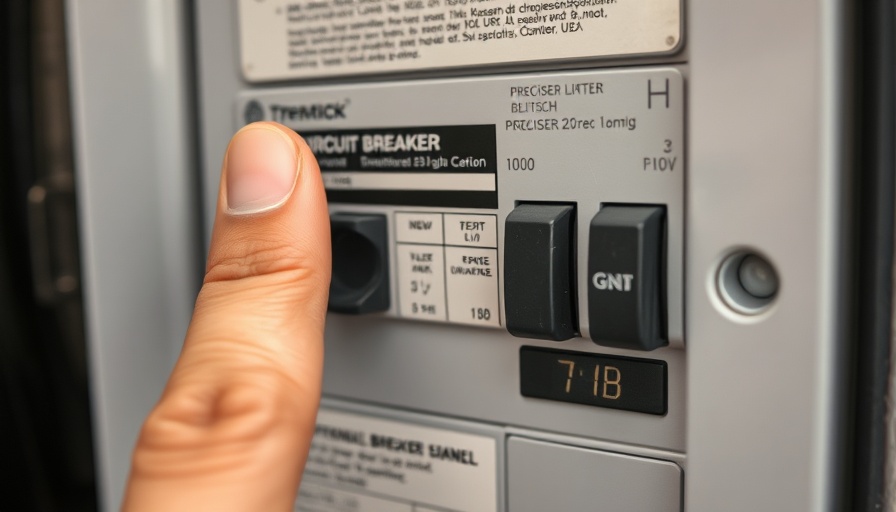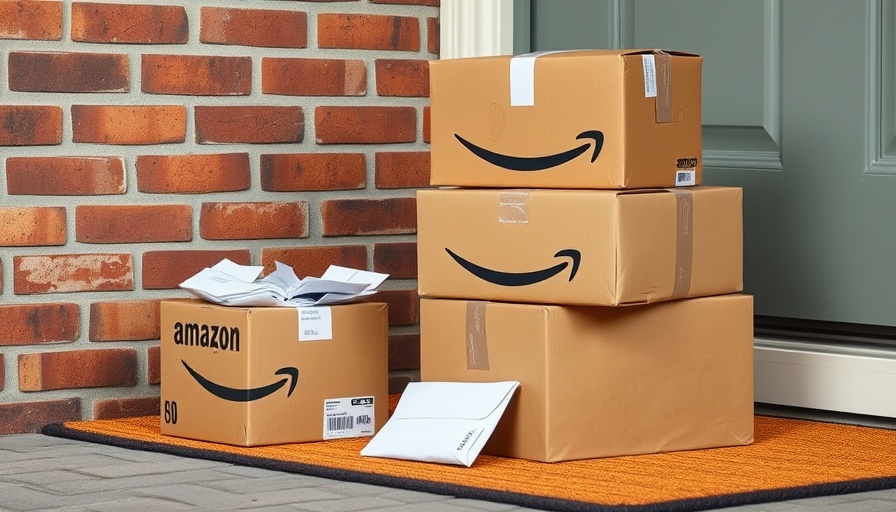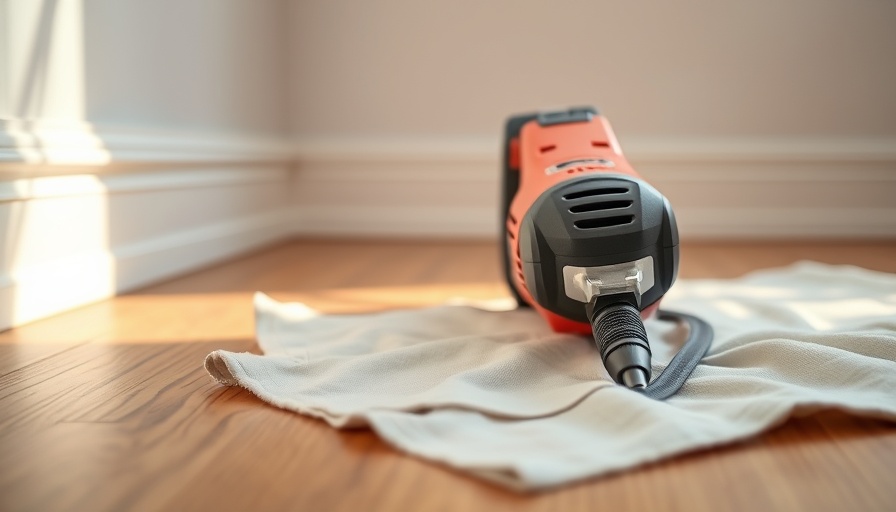
Save Money and Prevent Headaches: Smart Homeowner Tips
For many, owning a home is a dream turned reality, but this milestone comes with its own set of responsibilities. Whether you’re a first-time buyer or a seasoned homeowner, the maintenance and upkeep of your property can sometimes feel overwhelming. Luckily, there are proactive steps you can take to avoid costly repairs down the line. By implementing preventive measures and integrating smart strategies into your routine, you can save both money and headaches.
The Importance of Preventive Maintenance
Think of your home like a living organism. Just as our bodies require routine check-ups and care, your house needs regular attention to maintain its health and safety. According to home maintenance experts, neglecting basic maintenance can not only lead to significant repair expenses but also impact the value of your home. Regularly checking systems like HVAC and plumbing can save you from broken pipes and costly malfunctions.
Organizational Skills: Keeping Records and Journals
One of the best pieces of advice you can adopt as a homeowner is to keep an organized journal. This doesn’t just mean jotting down repairs; you should maintain a comprehensive record of insurance papers, warranties, and maintenance logs. This approach not only simplifies your life now but can serve as an asset if you decide to sell your home later. When buyers see that a home has been well cared for, they are much more likely to make a purchase.
Top Maintenance Practices to Remember
1. **Locate Your Main Water Shutoff Valve:** Are you aware of where your main water shutoff valve is? In the event of a leak, knowing its location can save your home from severe water damage. Make it a priority to identify where this is, particularly before any long trips.
2. **Check the Water Heater Regularly:** A leaking water heater can cause serious damage if not dealt with promptly. Be proactive; if it shows signs of leaking, either replace or repair it immediately. This can prevent both financial loss and the inconvenience of dealing with an unexpected flood.
3. **Tackle Gutter Maintenance Early:** Regularly cleaning your gutters is vital for preventing water damage. It’s cost-effective and offers peace of mind during heavy rains. Blocked gutters can lead to nasty leaks and a lot of expensive repairs. A simple monthly clean can go a long way!
Smart Shopping: How to Reduce Costs
Being savvy about purchases can greatly reduce your home maintenance expenses. For larger projects, consider buying materials yourself. By doing so, you can often avoid the markup that contractors include in their estimates. Furthermore, if you’re willing to take on some DIY work, consider tackling the labor-intensive parts of a job before hiring a professional to finish it.
Utilize the Right Tools
Investing in some essential tools can ease the burden of home maintenance. A basic toolkit consisting of a hammer, screwdriver set, level, and drill can empower you to handle minor repairs effectively. Moreover, for tasks you don’t plan to do often, renting tools might be a cost-effective alternative. Consider asking friends if they need to rent equipment too—instead of paying full price yourself, you can split costs!
Incorporate Energy Efficiency
As you maintain your home, think long-term. Investing in energy-efficient appliances and features can offer significant savings on utility bills. For instance, switching to Energy Star-rated appliances ensures you save on electricity and water costs in the long run. Moreover, simple changes like insulating your pipes can also prevent costly repairs due to freezing or damage.
Expert Advice and Community Resources
Seeking advice from professionals can be invaluable. Don’t hesitate to consult licensed contractors or home improvement experts. They can provide insights that often help steer you clear of common pitfalls. Additionally, organizations like Habitat for Humanity offer community resources for repairs, particularly for low-income households, so consider reaching out if you need assistance.
Conclusion: Take Charge of Your Home
Attention to your home doesn’t need to be a burden; by adopting simple yet effective strategies, you can significantly reduce both your repair costs and stress. Commit to engaging with your home more proactively, and watch how these changes enhance your living experience. Your home is an investment; treating it well will pay dividends. Don’t wait for issues to arise—start taking action today!
 Add Row
Add Row  Add
Add 




Write A Comment